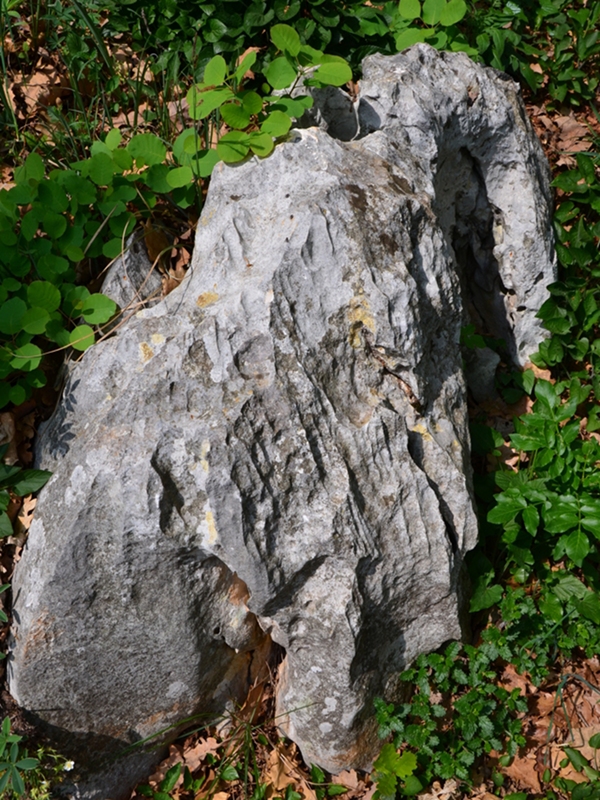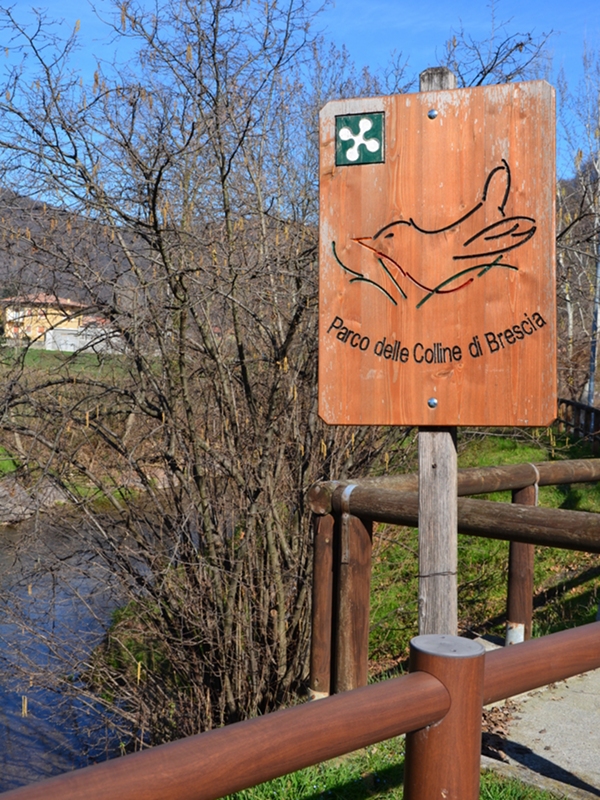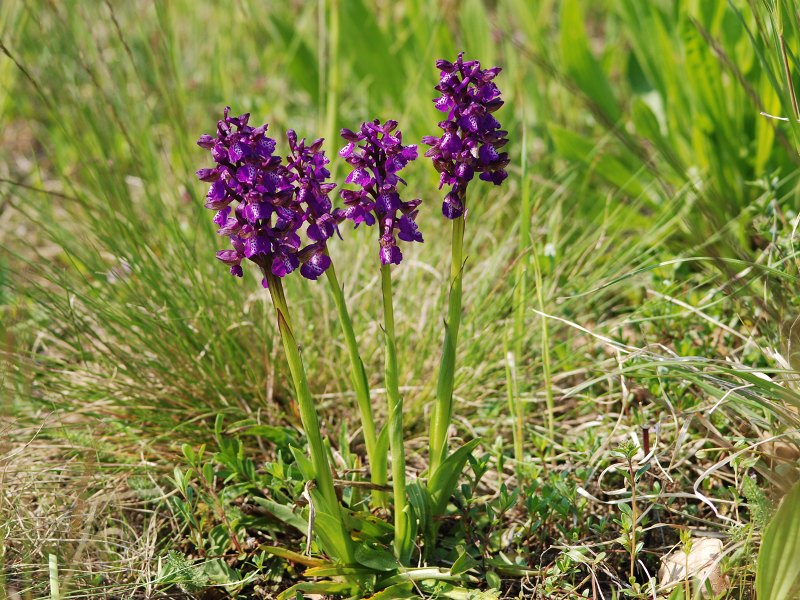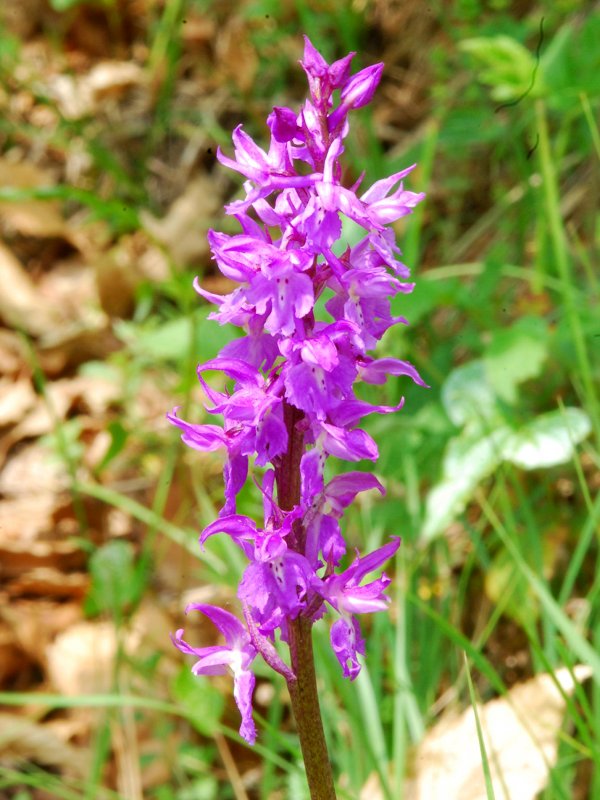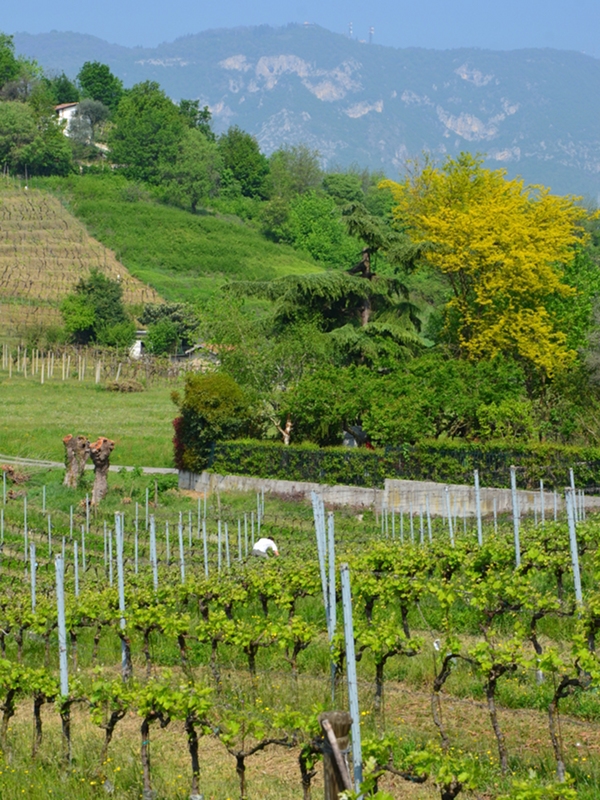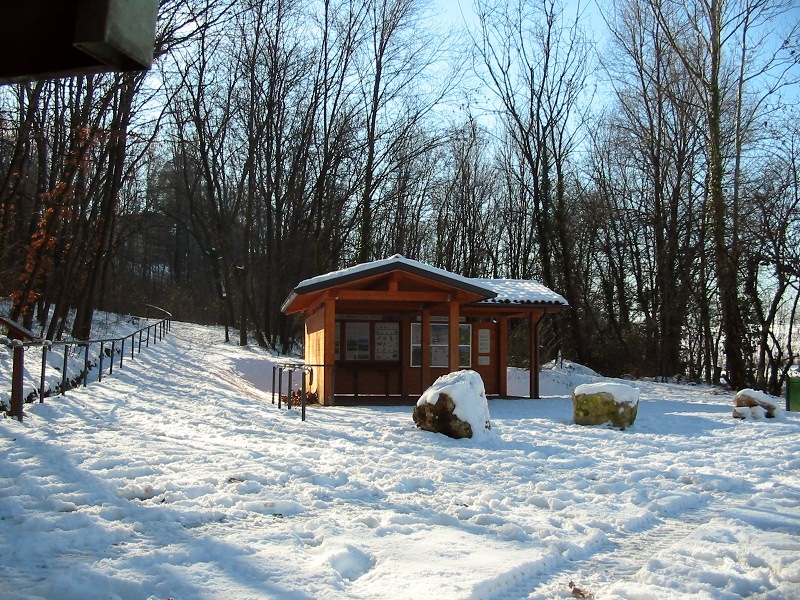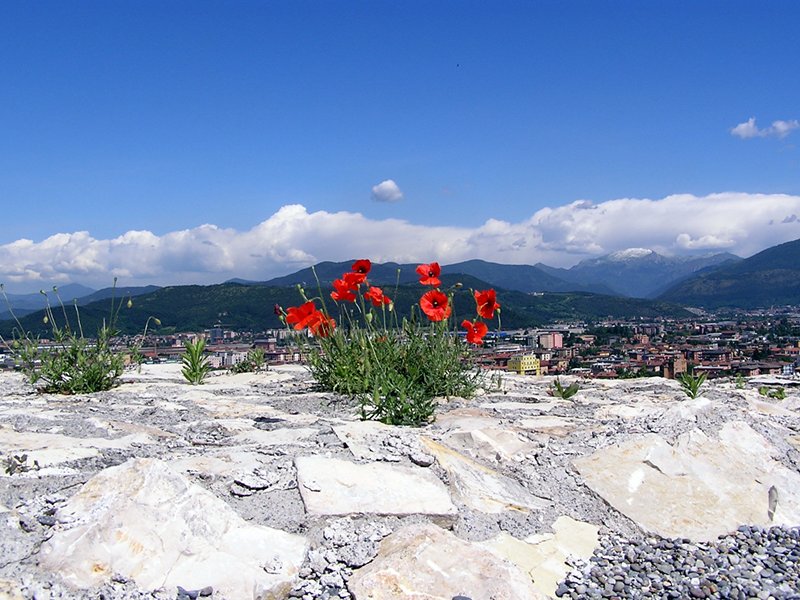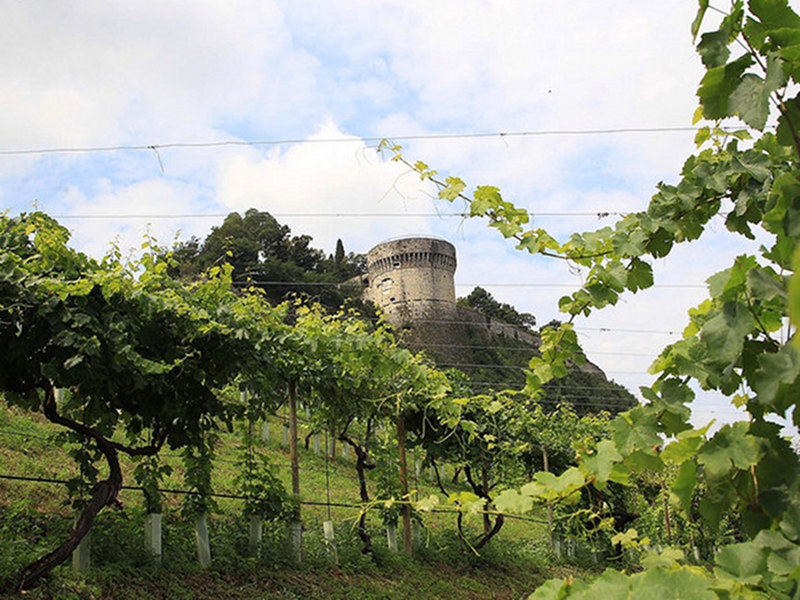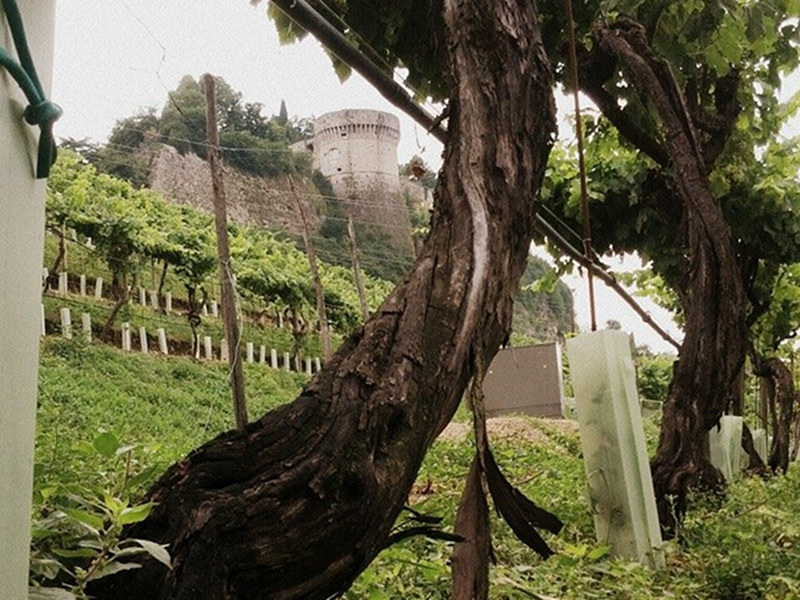Protected Area
Identity Card
- Land Surface Area: 4'418.00 ha
- Regions: Lombardia
- Provinces: Brescia
- Municipalities: Bovezzo, Brescia, Cellatica, Collebeato, Rezzato, Rodengo-Saiano
- Establishment Measures: D.G.R. n. 13877 31/05/1996
- Park Authority: Comune di Brescia (comune capofila)
History and General Information
In December 2000 the Municipality of Brescia approved a specific change to the town plan to identify the perimeter of the park; this allowed the organisation and safeguard of a space that is vital for the city and the surrounding territory, and that consists of diverse natural environments whose characteristics are extremely interesting and rare, not just locally but at European level as well.
Geology
The Park's hills were formed between the end of the Triassic/beginning of the Jurassic (around 200 million years ago) and the early/middle Miocene (around 20 million years ago). They mostly consist of sedimentary calcareous and dolomitic rocks, with some marls and flints. The analysis of fossilised algae and sea animals contained in the most widespread rocks lead to the identification of the type of environment where those sediments deposited: it was a tropical sea where the Alps were formed. The hills and mountains that rose from this sea subsequently underwent distortion, fractures and overlapping, thus generating the current landscape.
The most widespread geological formations are listed below, starting from the most ancient:
- Corna ("horns"): light-coloured and compact calcareous rocks rich in marine fossils and subject to karst phenomena. This rock is known as "Botticino marble" for its use in decoration.
- Medolo: the word means "ashlar" in local dialect. Its layers are well visible and is formed by calcareous sediments deposited in the sea. Two different formations - "Calcare di Gardone Val Trompia" and "Calcare di Domaro" - can be distinguished. This stone has been used for historical buildings such as the Old Dome in Brescia.
- Formation of Concesio: calcareous and marl rocks with frequent flint nodules and usually visible layers.
- Lombardy flint: variously coloured flints that were formed between 170 and 150 million years ago. It frequently features outcrops, albeit small ones.
- Maiolica: Ivory-coloured, compact calcareous rock, with flint nodules and layers. They were formed between 150 and 115 million years ago.
- Scaglia Lombarda: in the varieties of mottled scaglia (layered marl) and red scaglia (marl and clay marl)
- Conglomerate of Monte Orfano: it is the Park's most recent stone. It's not very widespread, and can be observed for instance on Colle Sant'Anna, in its typical shape of clustered pebbles.
The Park's Flora
The woods at the Hills Park belong to two main categories: thermophilic and mesophilic, according to the type of environment. The trees and shrubs that grow in thermophilic woods find their ideal situation on the southeast-facing slopes, which are warm, arid and calcareous. The same adjective that describes the woods (thermophilic, or heat-loving) applies to the plants that compose them, and that are typically found in the sub-Mediterranean climate zone: downy oaks, European hop-hornbeams, manna ashes; other species are strictly Mediterranean, such as the tree heather and the terebinth.
Mesophilic woods grow on the northwest-facing slopes, where the temperature is cooler and the ground more humid and acidic than in carbonate soils. This type of environment is suitable for chestnut trees, sessile oaks and hornbeams, but also for locusts, a species that tends to prevail on the others and to spread rapidly.
(All the following links lead to Italian texts)
The Park's Fauna
Vertebrates living in the Park are essentially the following:
Insectivores
West European hedgehog (Erinaceus europaeus), European mole (Talpa europaea), common shrew (Sorex araneus), bicolored shrew (Crocidura leucodon)
Chiroptera
Common pipistrelle (Pipistrellus pipistrellus), Kuhl's pipistrelle (Pipistrellus kuhli), brown long-eared bat (Plecotus auritus)
Lagomorphs
European hare (Lepus europaeus)
Rodents
Red squirrel (Sciurus vulgaris), hazel dormouse (Muscardinus avellanarius), bank vole (Chletrionomys glareolus), common vole (Microtus arvalis), brown rat (Rattus norvegicus), black rat (Rattus rattus), wood mouse (Apodemus sylvaticus), house mouse (Mus domesticus)
Carnivores
Fox (Vulpes volpe), least weasel (Mustela nivalis), beech marten (Martes foina), badger (Meles meles)
Artiodactyla
Wild boar (Sus scropha), roe deer (Capreolus capreolus)
Birds of the Park
Common birds in the mesophilic woods are wrens, robins, blackcaps and nightingales. In meadows and clearings, or by hazels, beeches, oaks and chestnuts, as well as by berry-bearing shrubs, we may also find other species such as jays, long-tailed tits, great tits, chiffchaffs, wood warblers and golden orioles (rarer). Sparrowhawks can be seen in the winter.
In the thermophilic woods, where dry grasslands and scrub keep the trees wider apart, rare species can be spotted including the ortolan bunting, the melodious warbler, the whitethroat, the nightjar, the tawny pipit, the red-backed shrike and the crested lark. In many of these environments, where a typical Mediterranean vegetation grows, the Sardinian warbler has become widespread. The barred warbler and the western Orphean warbler are especially significant birds dwelling in the area. The birds of prey to be found on our hills are buzzards, honey buzzards, short-toed snake eagles, peregrine falcons and black kites.
Arid environments - cliffs and abandoned quarries - are home to some typical birds like the blue rock thrush, the very rare western black-eared wheatear, and the kestrel.
Reptiles and amphibians in the Park
Reptiles and amphibians are, on the whole, severely endangered, and numerous species are clearly declining.
Amphibians
Smooth newts, crested newts, fire salamanders, green toads, tree frogs, agile frogs and edible frogs can be spotted in the area.
Reptiles
The most significant reptiles are wall geckos, lizards (green, wall, and Italian), slowworms, green whip snakes, Aesculapian snakes, smooth snakes, grass snakes, dice snakes and asps.
Architecture and Landscape
Man's presence, in different socio-economic, religious and military areas, has strongly characterised the Park's territory.
Man has historically been a massive presence at the Brescia Hills Park, intervening to shape and "sculpt" the hills and thus determining the landscape and architectural features we observe today.
We can investigate and deepen its features according to some subject areas:
- the "socio-economic" area, where residential, rural and industrial features appear (linked to human presence and economic activities);
- the "religious" area (strong features of local religiosity appear);
- the "military" area (as a consequence of the Park's geomorphological features, making the hills as strategic points for territorial control).




